How to Start Poultry farming !!
Poultry farming:
Poultry cultivating, raising of winged creatures locally or industrially, principally for meat and eggs yet in addition for quills. Chickens, turkeys, ducks, and geese are of essential significance, while guinea fowl and squabs (youthful pigeons) are mostly of nearby intrigue. This article treats the standards and practices of poultry cultivating. For a dialog of the sustenance esteem and handling of poultry items, see egg and poultry preparing.
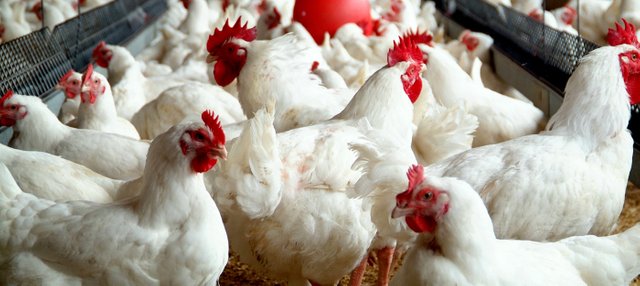
Commercial Production
1) Feeding
Business poultry sustaining is an exceedingly consummated science that guarantees a most extreme admission of vitality for development and fat creation. High caliber and all around adjusted protein sources create a most extreme measure of muscle, organ, skin, and quill development. The basic minerals deliver bones and eggs, with around 3 to 4 percent of the live feathered creature being made out of minerals and 10 percent of the egg. Calcium, phosphorus, sodium, chlorine, potassium, sulfur, manganese, press, copper, cobalt, magnesium, and zinc are altogether required. Vitamins A, C, D, E, and K and the majority of the B vitamins are additionally required. Anti-infection agents are generally used to invigorate craving, control unsafe microscopic organisms, and anticipate malady. For chickens, present day proportions create around 0.5 kg (1 pound) of grill on around 0.9 kg (2 pounds) of encourage and twelve eggs from 2 kg (4.5 pounds) of sustain.
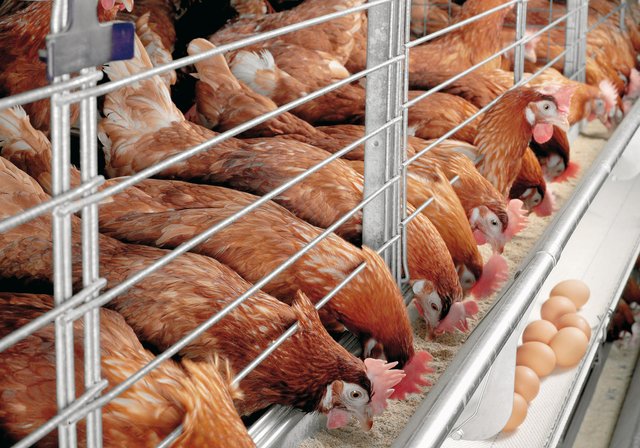
2) Management:
A painstakingly controlled condition that abstains from swarming, chilling, overheating, or unnerving is relatively all inclusive in poultry cultivating. Savagery, which conveys what needs be as toe picking, plume picking, and tail picking, is controlled by debeaking at one day of age and by other administration hones. The nourishing, watering, egg assembling, and cleaning activities are profoundly automated. Fowls are typically housed in wire confines with a few creatures for every pen, contingent upon the species and breed, and three or four levels of pens superposed to spare space. Confines for egg-laying flying creatures have been found to build generation, bring down mortality, lessen savagery, bring down encouraging prerequisites, decrease infections and parasites, enhance winnowing, and diminish both space and work necessities.
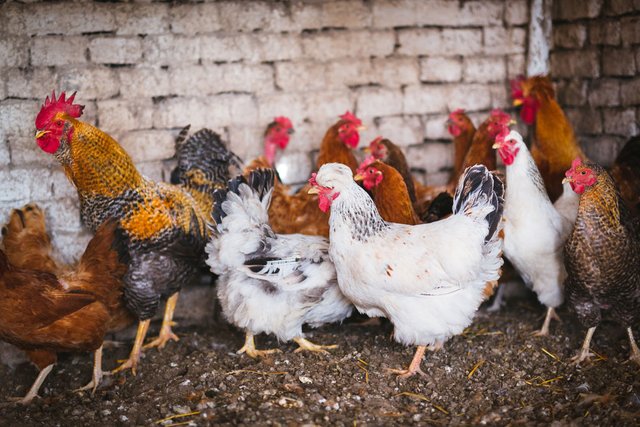
3) Poultry Breeding:
Poultry reproducing is an extraordinary case of the utilization of fundamental hereditary standards of inbreeding and crossbreeding and in addition of concentrated mass choice to impact quicker and less expensive picks up in meat and greatest egg generation for the egg-laying strains. Most extreme utilization of heterosis, or half and half power, through incrosses and crossbreeding has been made. Fast and productive weight increases and astounding, full, substantial bodies have been accomplished in this way.
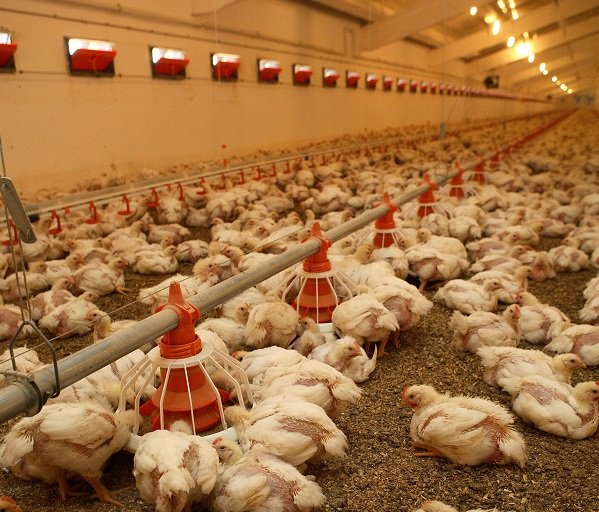
Among the world's rural businesses, chicken reproducing in the U.S. is a standout amongst the most exceptional. Escalated nutritious research and application, exceedingly enhanced rearing stock, clever administration, and logical illness control have gone into the push to give a cutting edge grill (meat chicken) of consistently fantastic created at ever-bring down cost. A cutting edge oven chick can achieve a 2.3-kg (5-pound) showcase weight in five weeks, contrasted and the four months that were required in the mid-twentieth century. Furthermore, yearly egg creation per hen has expanded from around 100 out of 1910 to more than 300 in the mid 21st century.
4) Diseases
Poultry are very powerless to various sicknesses; a portion of the more typical are fowl typhoid, pullorum, fowl cholera, unending respiratory malady, irresistible sinusitis, irresistible coryza, avian irresistible hepatitis, irresistible synovitis, bluecomb, Newcastle illness, fowl pox, avian leukosis complex, coccidiosis, pimple, irresistible laryngotracheitis, irresistible bronchitis, and erysipelas. Strict sterile safety measures, the astute utilization of anti-microbials and antibodies, and the boundless utilization of pens for layers and imprisonment raising for ovens have made it conceivable to impact palatable ailment control.
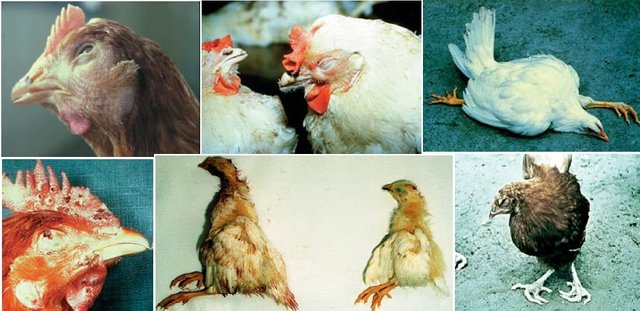
Parasitic ailments of poultry, including hexamitiasis of turkeys, are caused by roundworms, tapeworms, lice, and vermin. Once more, present day techniques for sanitation, avoidance, and treatment give amazing control.
Types Of Poultry
1) Chicken
Large scale manufacturing of chicken meat and eggs started in the mid twentieth century, however by the center of that century meat creation had overwhelmed egg generation as a specific industry. The market for chicken meat has developed drastically from that point forward, with overall fares achieving almost 12.5 million metric tons (around 13.8 million tons) by the mid 21st century.
The types of chickens are for the most part named American, Mediterranean, English, and Asiatic. While there are many breeds in presence, business offices depend on just a chosen few that meet the thorough requests of mechanical generation. The single-brush White Leghorn, a Mediterranean breed generally utilized all through the worldwide egg industry, is a productive layer that rapidly achieves sexual development. The Cornish Cross, a half and half of Cornish and White Rock, is a standout amongst the most-well-known breeds for mechanical meat generation and is regarded for its smaller size and fast, productive development.

Little homesteads and terrace rushes use a substantially more extensive assortment of breeds and cross breeds. Regular American breeds incorporate the Plymouth Rock, the Wyandotte, the Rhode Island Red, and the New Hampshire, which are all double reason breeds that are useful for the two eggs and meat. The Asiatic Brahma, thought to have started in the United States from fowls imported from China, is well known for the two its meat and its vast dark colored eggs.
2) Turkeys
After World War II, turkey creation turned out to be very specific, with bigger herds prevailing. Turkeys are brought up in awesome numbers in Canada where their predecessors still live wild, and in addition in a few sections of Europe, the United States, Mexico, and Brazil. A cross breed white turkey rules business generation, while the Broad Breasted Bronze, the Broad Breasted White, the White Holland, and the Beltsville Small White are normal breeds for littler homesteads. In rearing runs, one tom is required per 8 or 10 hens, however the cutting edge half and half turkey is too substantial for common reproducing and should be misleadingly inseminated.
.jpg)
Present day turkey rearing and cultivating rehearses have altogether decreased both the measure of sustain and the time required to create a pound of turkey meat. In 12– 14 weeks a hen turkey eats around 16 kg (35 pounds) of sustain and reaches 6– 9 kg (14– 20 pounds). Toms require around 36 kg (80 pounds) of nourish to achieve a market weight of 16– 19 kg (35– 42 pounds) in 16– 19 weeks. Littler turkey grills are showcased from 12 to 15 weeks of age. Turkeys can be raised on open land with programmed waterers, self-feeders, extend covers, substantial fencing, and pivoted pastures; be that as it may, they are regularly "become out" industrially in raising houses under ecologically controlled conditions.
3) Duck and Geese:
Duck raising is honed on a restricted scale in about all nations, typically as a little homestead undertaking, however some business plants do exist. Ducks are effortlessly transported, can be brought up in close constrainment, and change over some waste items and scattered grain (e.g., by gathering rice fields) to nutritious and exceptionally attractive eggs and meat. Khaki Campbell and Indian Runner ducks are productive layers, each averaging 300 eggs for each year. The Pekin duck, a standout amongst the most mainstream breeds in the United States, is utilized for both egg and meat creation. In spite of the fact that the white-fleshed Aylesbury was at one time the favored meat duck in England, infection and market rivalry from the yellow-fleshed Pekin duck have prompted its decay.
Goose raising is frequently a minor ranch venture, however some European nations have vast scale goose-generation offices. The two remarkable meat breeds are the Toulouse, dominatingly dark in shading, and the Embden (or Emden), which is white. The winged animals are raised for meat and eggs and in addition for their down quills. Geese don't seem to have pulled in the consideration of geneticists on an indistinguishable scale from the meat chicken and the turkey, and no adjustment in the goose business similar to that in the others has happened or is by all accounts in prospect. In some business plants, geese are swelled by an exceptional procedure of forcibly feeding, bringing about a significant amplification of their livers, which are sold as the delicacy foie gras.
4) Guinea fowl and squabs
Guinea fowl are raised as a sideline on a couple of ranches in numerous nations and are eaten as gourmet things. In Italy there is a genuinely broad industry. The feathered creatures are frequently brought up in yards with open-fronted covers, and various assortments and species are used all through the world. Guinea fowl are advertised in England at 16– 18 weeks of age and in the United States at around 10– 12 weeks. The market weight is more often than not around 1– 1.5 kg (2.5– 3.5 pounds), yet sustenance change is poor.
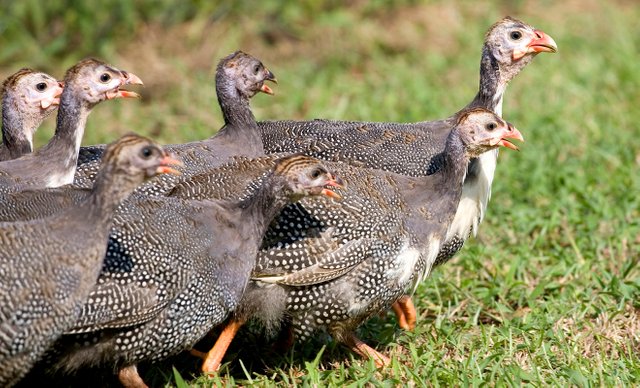
Pigeons are raised as detachments and for brandish as well as for the meat of their squabs (nestlings). Squab creation, carried on locally, is uncommon in many nations with built up poultry ventures, however the meat is frequently advertised as a gourmet thing.
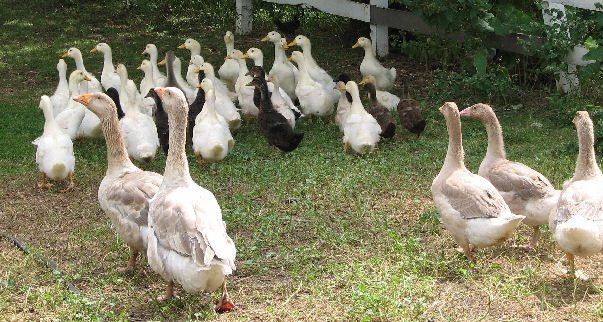
We @farms find this post informative guidelines for all farmer's, thanks for sharing this amazing publication.
Resteem
(to be a part of this community; ensure to always use #farms and #steemchurch for agricultural related post)
SteemChurch Farm ( @FARMS)
This is sweetly amazing, the truth is one of the main reasons why rearing chickens and birds is the high death race when there Is a pathogen or diesease somewhere, the thing is if this can be sorted out with, I think chicken reproduction is the very best In lucrativeness.
Stunning, what a nitty gritty review. To be sure you have set aside your opportunity to clarify in point by point the illnesses, how poutry creatures can be breed, and furthermore the various types of winged animals in poutry.
Thanks for sharing such an educative post.
thanks for sharing this amazing post @shaheerumer
Wow, what a detailed write up. Indeed you have taken your time to explain in detailed the diseases, how poutry animals can be breed, and also the different kinds of birds in poutry.